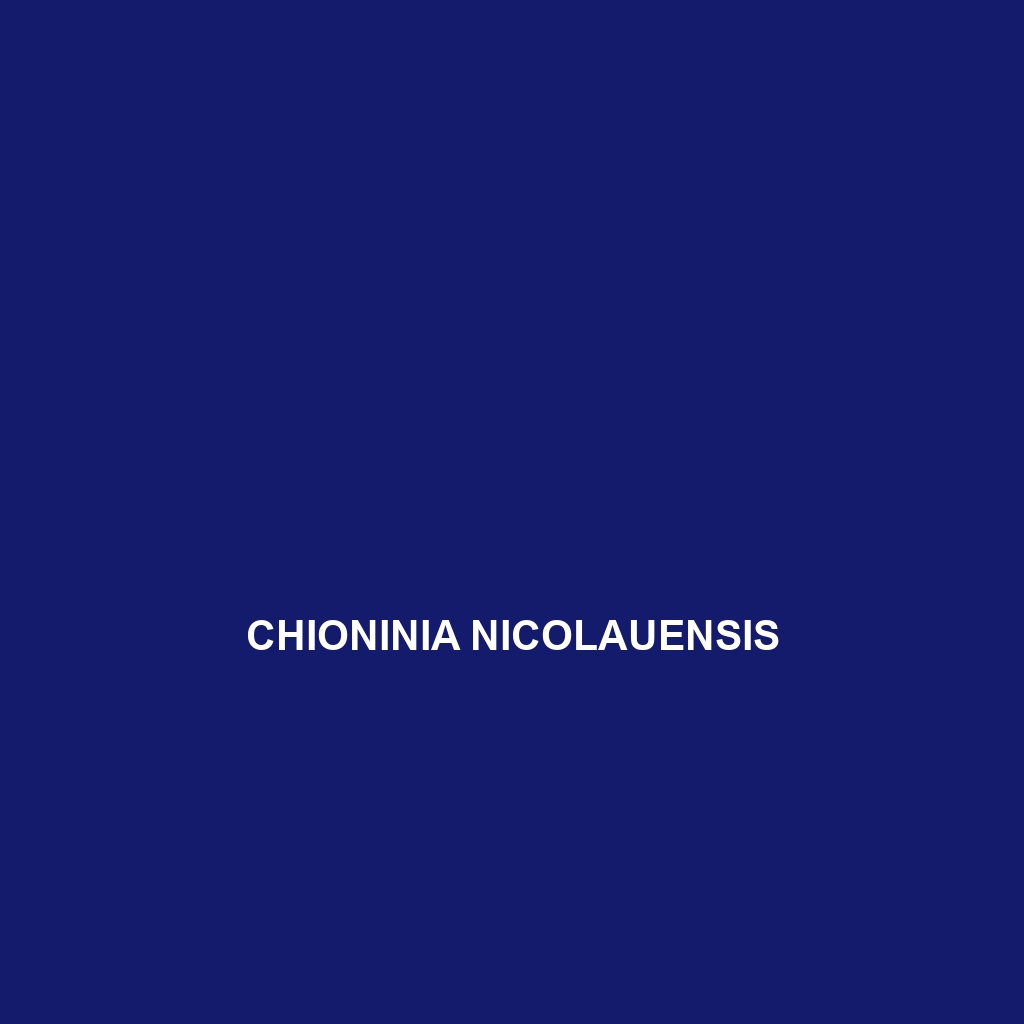Species Description: Chioninia nicolauensis
Common Name: Chioninia nicolauensis
Scientific Name: Chioninia nicolauensis
Habitat: Chioninia nicolauensis is primarily found in the unique ecosystems of São Nicolau, one of the islands in the Cape Verde archipelago. This species thrives in rocky and arid environments, often residing in shrublands and low-lying vegetation. The island’s distinct climate, characterized by its dry seasons and limited rainfall, contributes to the special adaptations of this species. Endemic to this locale, Chioninia nicolauensis is closely associated with the island’s specific microhabitats.
Physical Characteristics: This species of skink exhibits an elongated body, averaging about 15 to 25 centimeters in length. The coloration ranges from earthy browns to greens, providing excellent camouflage against the rocky terrains. Chioninia nicolauensis has distinctive smooth scales and a relatively flattened head, a feature that assists in navigating its rugged habitat. Its tail is long and slender, often used for balance and agility.
Behavior: Chioninia nicolauensis is primarily diurnal, displaying active behaviors during the day. This skink is known for its agility, often seen basking in the sun or hiding among rocks. These lizards exhibit territorial behaviors, marking their space and engaging in displays to ward off rivals. Their social interactions are minimal, but they may be observed basking in small groups during the warmer parts of the day.
Diet: The diet of Chioninia nicolauensis consists mainly of insects, including beetles, ants, and grasshoppers. This species is also known to consume spiders and other small invertebrates. Foraging techniques include active hunting and scavenging, allowing it to adapt to the limited food resources available in its habitat.
Reproduction: Chioninia nicolauensis breeds during the warmer months, typically from late spring to early summer. Females lay a clutch of 2 to 4 eggs, which are buried in the sand or among debris to protect them from predators. Offspring hatch after approximately 60 days, emerging fully formed and independent, ready to navigate the challenges of their environment.
Conservation Status: The current conservation status of Chioninia nicolauensis is listed as Vulnerable. Threats to its survival include habitat destruction due to land development and climate change, which significantly impact the already limited ranges these animals inhabit. Conservation efforts are essential to maintain their population levels and protect their natural habitats.
Interesting Facts: Chioninia nicolauensis is renowned for being one of the few endemic species of skinks found in the Cape Verde islands. Its unique adaptations to survive in a harsh climate make it a subject of interest among herpetologists and conservationists alike. This species has also demonstrated resilience in the face of environmental stresses, showcasing their ability to thrive in isolated ecosystems.
Role in Ecosystem: As a small predator, Chioninia nicolauensis plays an essential role in controlling insect populations within its environment. Its interactions with other species, including both predators and prey, contribute to the ecological balance of the ecosystems it inhabits. Moreover, by influencing the distribution of its prey, this skink indirectly supports vegetative health and biodiversity in its habitat.
